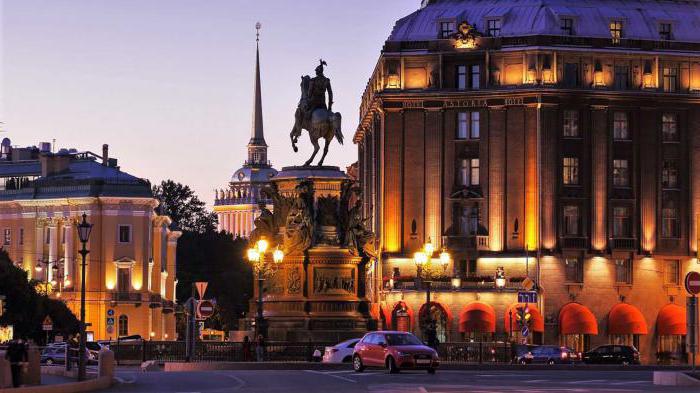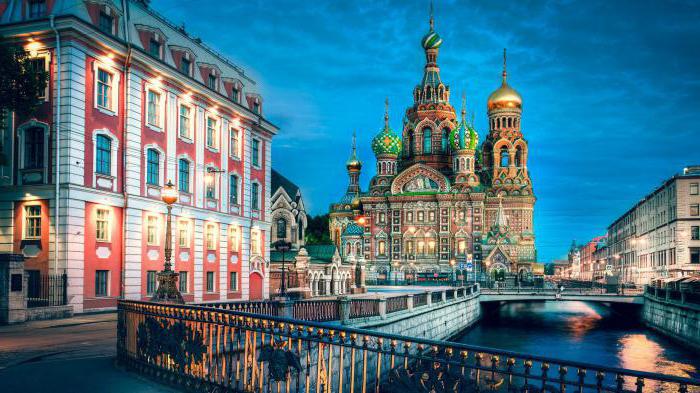According to preliminary data, the population of St. Petersburg as of October 1, 2016 amounted to 5.250 million people. Over the past 10 months, it has increased by 0.5%. St. Petersburg is in second place in terms of population in Russia and in third place, after Moscow and London, in Europe. According to unofficial estimates, about a million migrant workers also live in the city.

Population dynamics in St. Petersburg
Today it is the largest city in Europe, which has no capital status. The population of St. Petersburg now exceeds 5 million people. In the history of the city there were several periods of rapid expansion. From 1710 until the Bolsheviks came to power, it was the capital, which contributed to the migration influx. In the 1725th, the population of St. Petersburg was about 40 thousand. And this is considering the fact that the city was founded in 1703.
Over the next 75 years, the population has increased by about 5.5 times. This boom was associated primarily with the metropolitan position of St. Petersburg. Over the next hundred years, the population increased by 6.5 times. This time, growth was due not only to the capital situation, but also to the abolition of serfdom, as well as the intensification of the processes of urbanization and industrialization. According to the data for 1890, already 70% of Petersburgers were the indigenous inhabitants of the city. In 1917, the population was 2.5 million. Only 1.7 million people lived in Moscow during this period.

There are three large-scale demographic recessions in the history of the city: in connection with the Civil War of 1917, the Great Patriotic War and the collapse of the USSR, which led to a socio-economic crisis. In 1990, the population of St. Petersburg for the first time exceeded 5 million. However, over the next 10 years, it fell to 4666 thousand, and then even less. Population growth began only in the 2010th. Over the past six years, the figure has grown from 4.8 million to 5.2. The average age of the population is about 41 years. Natural growth, like migration, is positive.
Population of St. Petersburg by region
Today the city is divided into 18 municipalities. The most densely populated area is Primorsky. Its inhabitants are about 550 thousand Petersburgers. The most sparsely populated is Kronstadt. Its population is 44 thousand people.

Ethnic composition
In the 18th century, about 94% of Russians and 6% of foreigners lived in the city. In the 19th century, many representatives of subjects of empires appeared here. From 1860 to 1910, the share of Russians in the composition of the residents of St. Petersburg was about 82-83%. The number of foreigners in this period is 1.2%. The rest were subjects of the empire, but were not Russian.
In 2010, the last census took place. However, not all respondents indicated their nationality. If you do not take them into account, then 92.48% consider themselves Russian, 1.52% - Ukrainians, 0.9% - Belarusians, 0.73% - Tatars, 0.57% - Jews. Also in the city live Uzbeks, Armenians, Azerbaijanis, Tajiks, Georgians, Moldavians and Chuvashs. The share of representatives of each of the other nationalities is less than 0.1%.








